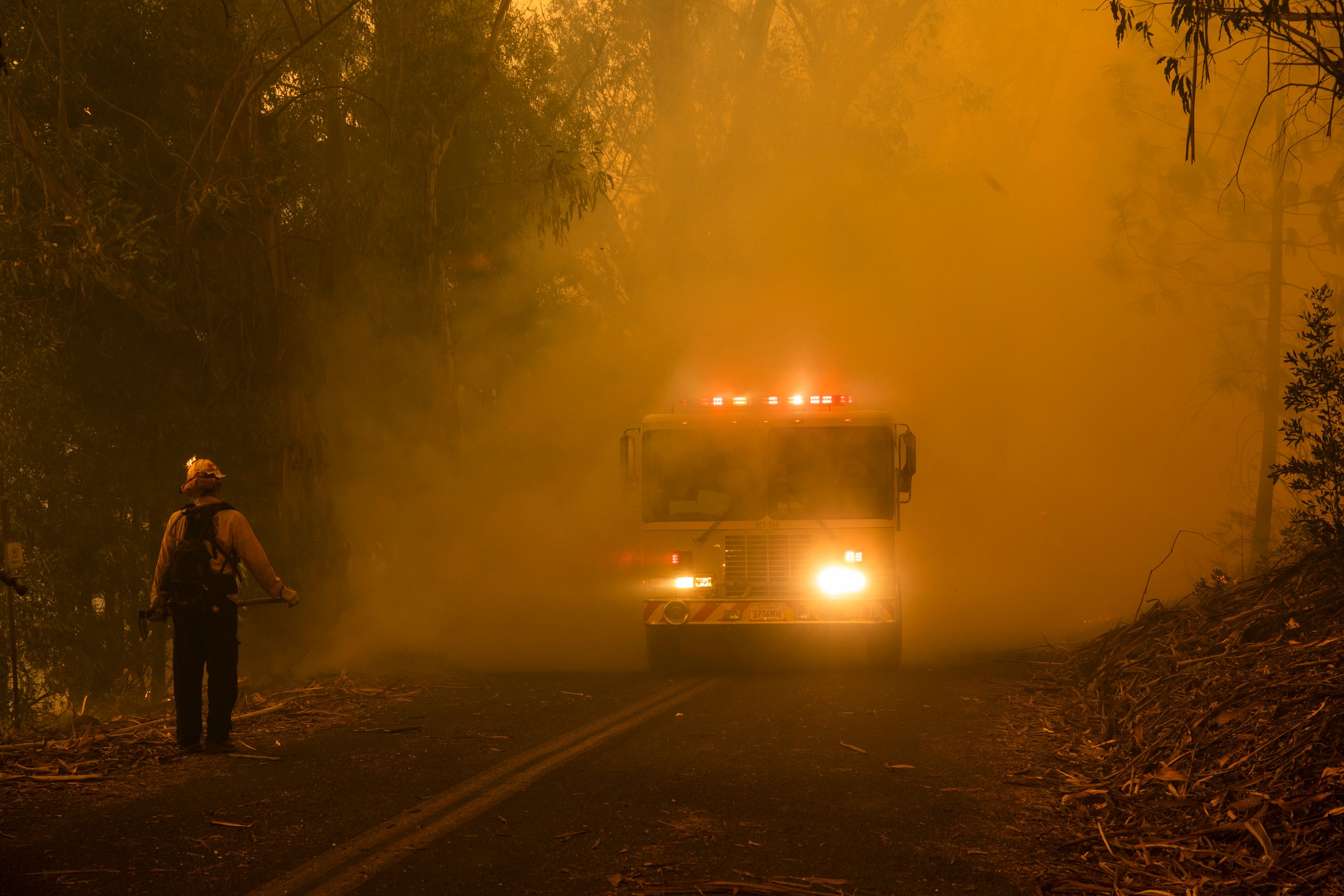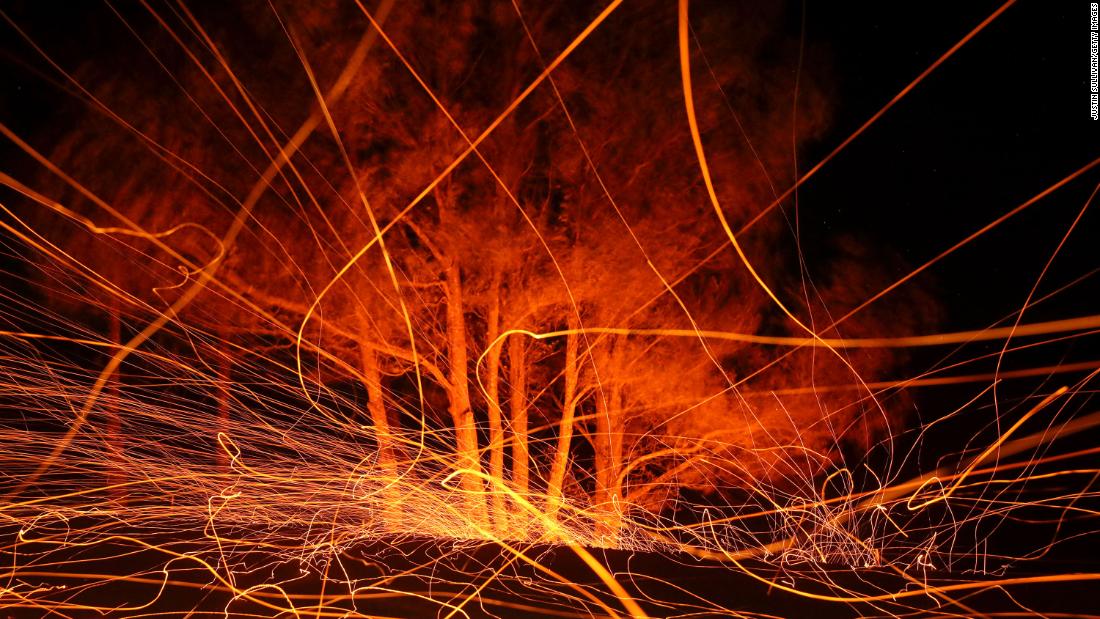
This morning, a new fire known as the Easy Fire broke out in Simi Valley in southern California.
Wildfires are growing deadlier and more destructive each year. For those outside of the area who might be unfamiliar with the phenomenon, here's everything you need to know about wildfires.
How do wildfires start?
There's no single answer.
Most wildfires are actually man-made — 84%, according to a NASA study. It doesn't take much: a campfire, a tossed cigarette or even a firework can spark a massive blaze. Those Amazon fires a few months ago? Many believe they were lit by cattle ranchers and loggers who wanted to clear the land for use.
California's largest public utility, Pacific Gas & Electric, might be in part to blame. In 2017 alone, PG&E equipment caused 17 fires, often after branches of falling trees hit power lines, according to state fire officials.
In some places, a falling branch may not be a big deal. But in California, where the land is so dry and the winds so strong, fires caused like this can spread with astonishing speed.
Why do they always seem to happen in California?
More wildfires actually occur in the eastern part of the US, but wildfires in the West tend to be larger and more destructive, according to data compiled by the Congressional Research Service.
Here are the numbers to put it in perspective. Nearly 36,200 fires burned 1.7 million acres in the East in 2018. In the West, just 22,000 wildfires burned more than 7 million acres.
What makes California unique is a combination of factors. The air is already dry. On top of that, there are the Santa Ana winds, a weather event where high pressure builds over the western US, forcing air over California's deserts. It all results in super strong winds combined with low humidity, allowing wildfires to spread rapidly.
How many wildfires happen every year?
In 2018, there were around 58,100 fires that burned 8.8 million acres in the US, according to the Congressional Research Service.
The number of wildfires has been decreasing slightly over the last 30 years, whereas the number of acres burned is increasing slightly, according to the research service's report.
Is climate change to blame?
In a nutshell, climate change creates drier air and drier vegetation.
So even though it doesn't directly cause fires, it does help create conditions conducive to feeding them — and that contributes to more extreme fire events, said CNN meteorologist Brandon Miller.
In its fourth climate change assessment, issued in August of last year, California reported that the state's forests will become more vulnerable to wildfires because of climate change.
